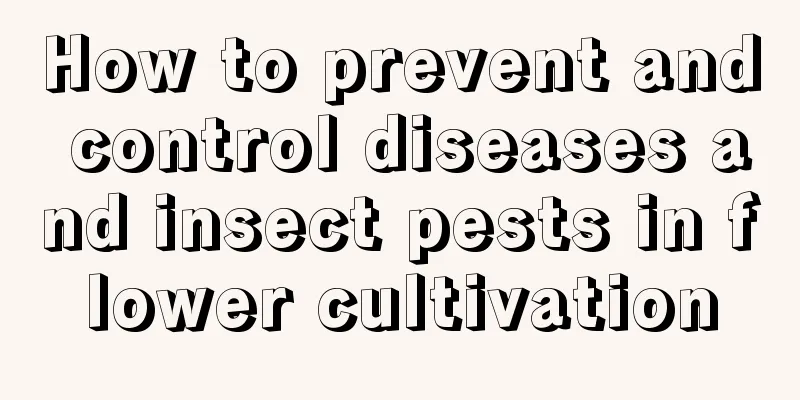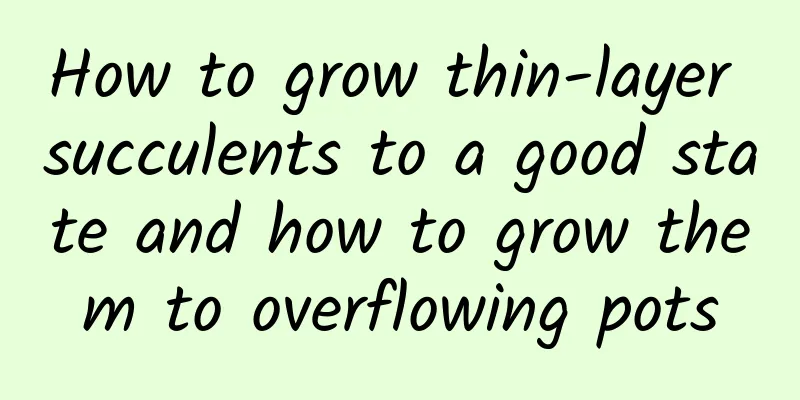How to prevent and control diseases and insect pests in flower cultivation

powdery mildew:A layer of white powder appears on the back or both sides of the leaves Botrytis cinerea:Gray mold can be seen on plants under humid conditions anthrax:The leaves have nearly circular spots that are light brown or grayish white in the middle and purple-brown or dark brown at the edges. The lesions can expand, and in the later stage there will be small black spots on the lesions. Round or nearly round light brown spots may also appear on the stems, and the lesions are mostly sunken. Damping-off disease:When the seedlings have become lignified to a certain extent, they are infected with the pathogen and will die upright. Scale insects:The leaves turn yellow and the branches wither, which often induces sooty mold disease. Red spider:The leaves lose their green color, showing dense and small gray-yellow spots or patches, or the leaves curl and shrink. In severe cases, the entire leaves become scorched and yellow as if burned by fire, and fall off. aphid:It causes the leaves to curl, shrink, and become deformed, slows the development of flowers, or even causes them to wither and die, and can also induce sooty mold disease. Leafhoppers:The leaves will have pale white spots. When the damage is serious, the spots will appear in patches, or the epidermis will be pierced, causing the branches to wither. Moths:The leaves or shoots are incomplete. Here are some pollution-free pest control methods:Plant ash potting method:Regularly spreading wood ash on the surface of the pot can significantly reduce the incidence of gray mold in flowers such as tulips and cyclamen. It can also increase the flowers' absorption rate of potassium fertilizer, making the branches thick and the flowers colorful. Vinegar wiping method:Use 50 ml of vinegar, soak a cotton ball in the vinegar, and gently wipe it on the flower stems and leaves. This can not only kill scale insects, but also make the leaves that have been damaged by scale insects return to green and shine again. Alcohol rubbing method:Gently and repeatedly wipe the leaves infected with scale insects with 75% alcohol to completely kill the larvae that are invisible to the naked eye. Baking soda spraying method: Spray the affected plants with a 0.1% baking soda solution, and the powdery mildew prevention and control rate for flowers such as roses, chrysanthemums, impatiens, and cineraria can reach more than 80%. |
<<: What to do if Clematis is infected with white rot
>>: What to do if the flower is sick
Recommend
What common items in life can be used as flower fertilizers?
Waste oil The waste oil in the oil storage box of...
Cockscomb planting time and method is suitable for planting in which month
Cockscomb planting time Cockscomb likes to grow i...
How to pot a newly bought azalea and how to make it bloom faster
1. How to pot 1. Prepare the potting soil: It is ...
Is it better to grow spider plants in water or soil?
1. Water culture 1. Advantages: There are many ad...
Reasons and solutions for Clivia not blooming
Clivia is a common potted plant in many household...
How to plant leek seeds and get good germination results (leek seed planting method and steps)
How to grow chives from chive seeds Spring chives...
How often should orchids be watered in summer?
Watering time: When looking at the soil for your ...
Roses and jasmine, learn to prune them so they can grow better
Rose pruning There are three main time points for...
Can succulents be repotted without drying their roots? Succulents can only survive after pruning and drying their roots and repotting them
As we all know, succulents look beautiful and are...
What kind of flowerpot looks good for bougainvillea
What flowerpot is suitable for bougainvillea Both...
What is the best fertilizer for red sandalwood?
Fertilization time of red sandalwood Because the ...
Do one more thing, watering, and your flowers will grow 10 times faster than others
Drying Flowers cannot be watered directly with ta...
How to plant Platycodon grandiflorum seeds? How to plant Platycodon grandiflorum seeds in pots
When the fruit of the Platycodon grandiflorum tur...
How to grow the peace lily tree to make it flourish
1. Suitable temperature The peace lily likes a wa...
The growing environment and local conditions of pomegranate trees
Pomegranate tree growth environment and condition...









